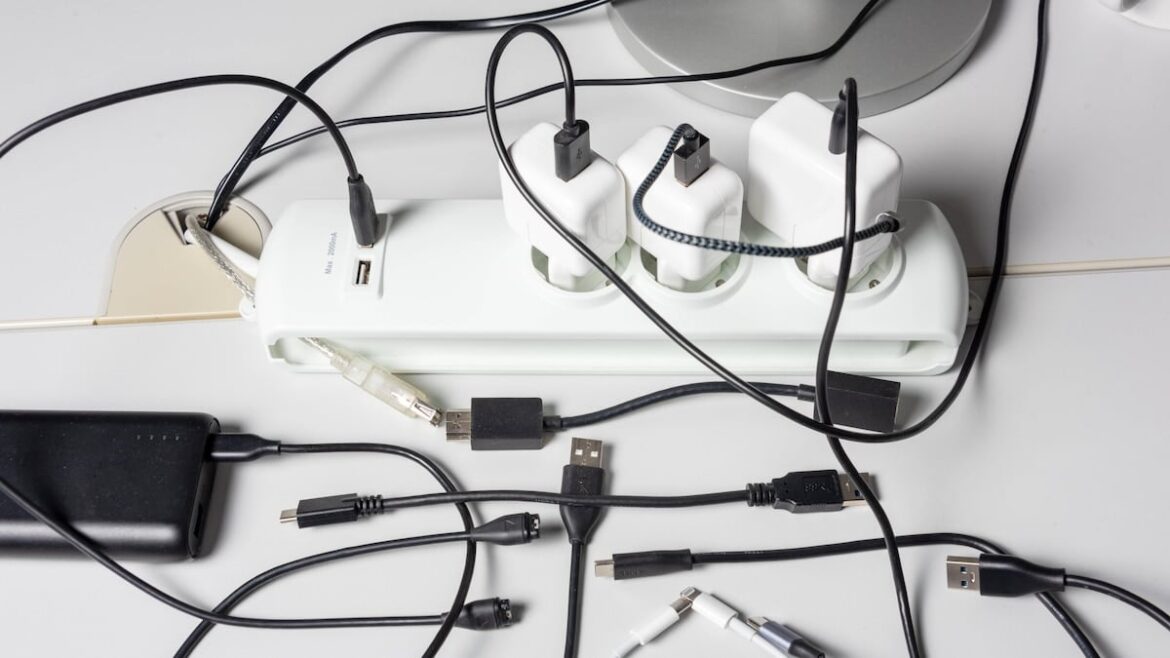1.6K
Leaving your charging cable in the socket should not be a permanent state. It’s not particularly dangerous – but the connected devices eat up power unnecessarily. We explain why you should only plug in your charging cable for charging.
Charging cables in the socket consume electricity
Of course, a charging cable consumes the most power when a device is plugged in. But even if you don’t charge anything with it, but just leave the cables plugged in, electricity flows.
- In chargers there is a transformer that transforms the voltage from 230 volts down to the necessary level. For smartphones, this is about five volts.
- The transformer also works when no device is connected. Thus, a mobile phone charger that is constantly plugged in causes avoidable electricity costs of about one euro per year.
- This may not sound like much, but if several chargers are constantly connected throughout the house, the costs add up.
- It can be dangerous if the charger is defective. It can overheat and there is a risk of fire. It is not uncommon for the power supply units to overheat.
- Bespecially with cheap no-name products, you should be careful. The longer the unit is plugged in, the higher the risk of something happening and being damaged.

